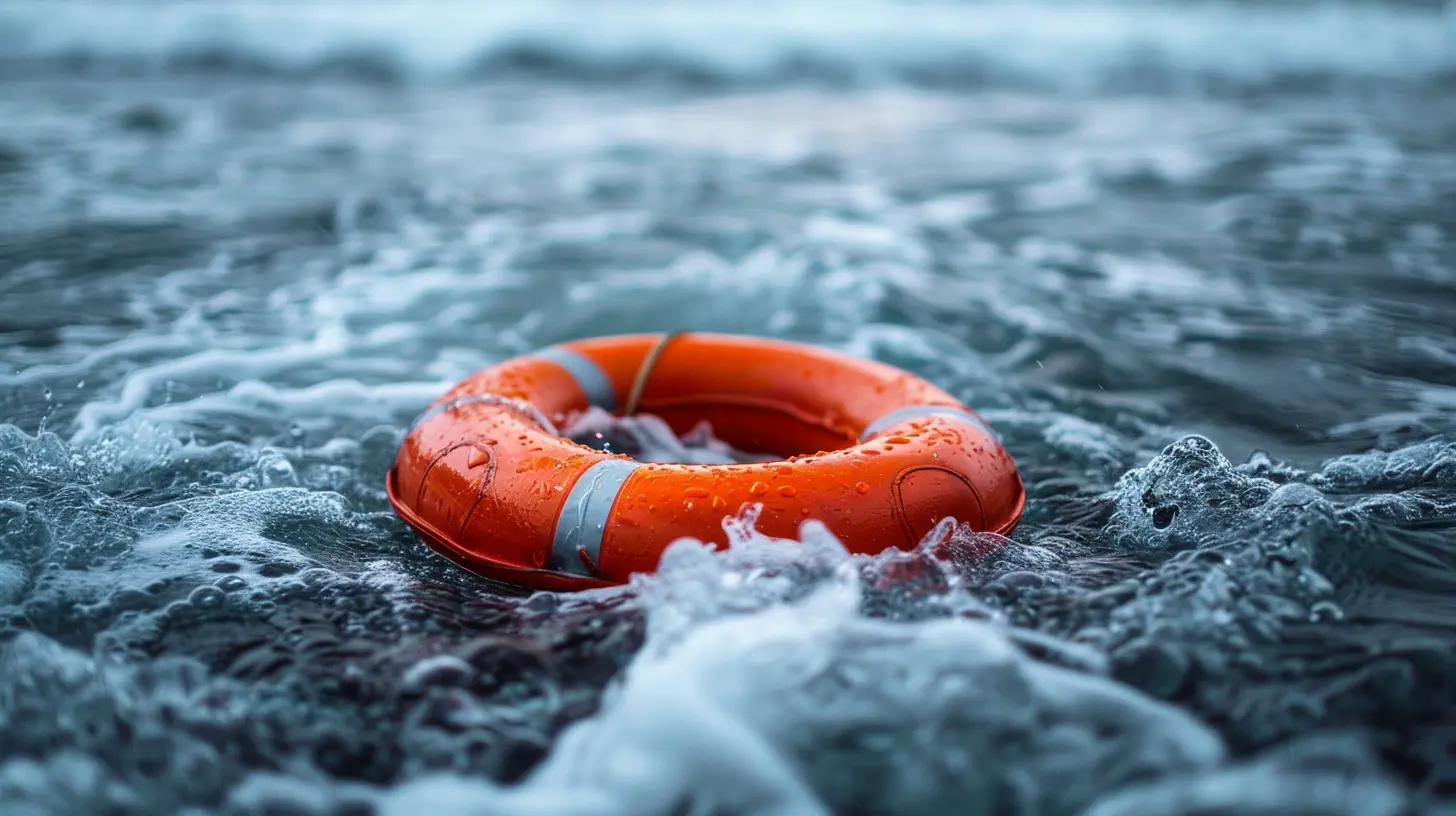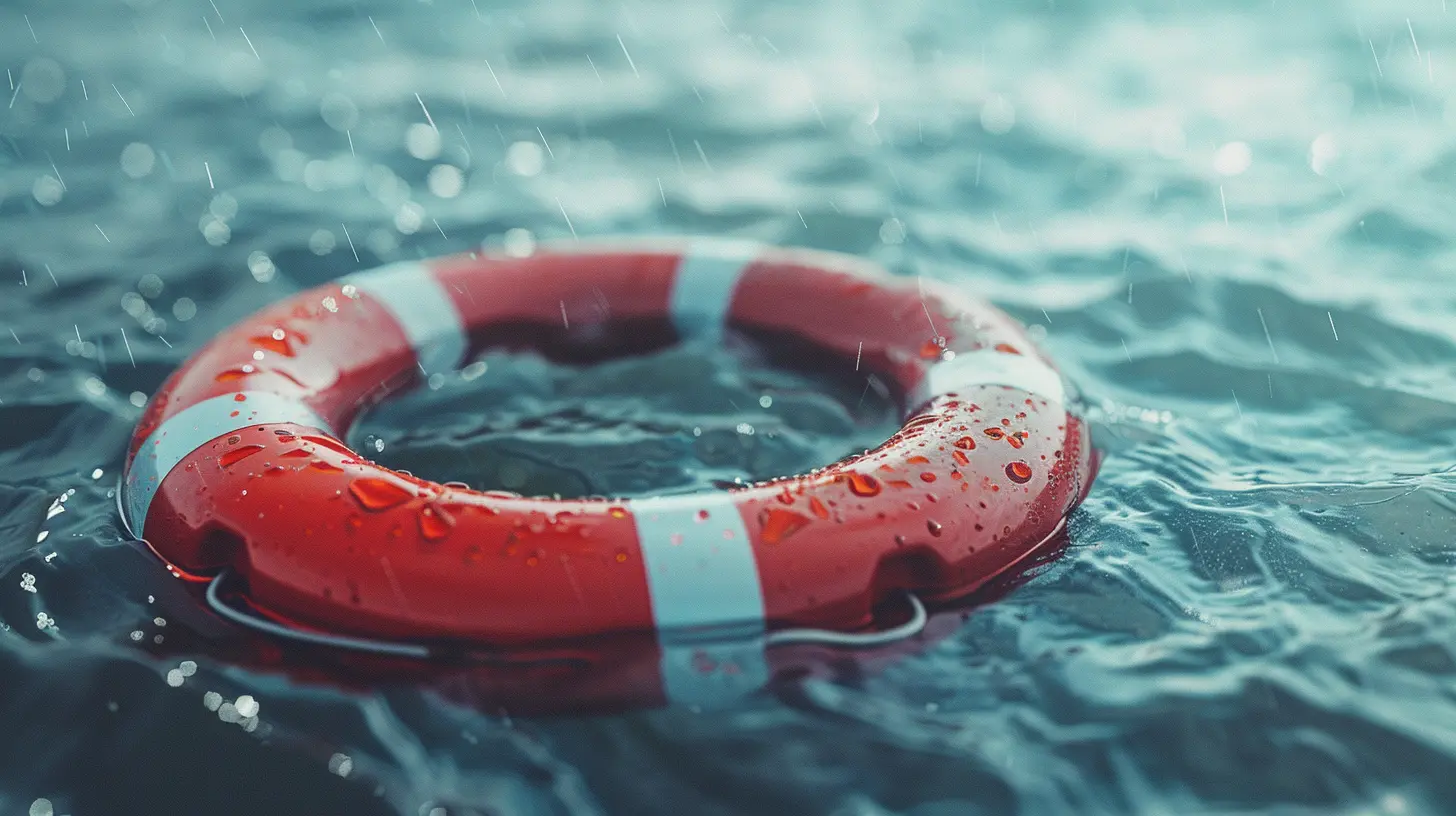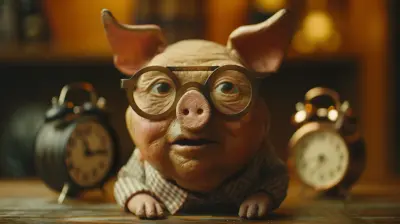How to Adjust Your Emergency Fund Strategy for Freelancers
16 April 2025
Freelancing is a world of freedom, creativity, and... financial uncertainty. One month, you're raking in cash. The next? Silence. Unlike traditional employees with stable paychecks, freelancers ride a financial rollercoaster. And that means your emergency fund strategy can't look like everyone else's.
So, how do you build a safety net that actually works when your income fluctuates like the stock market on a caffeine high? Let’s dive deep into a game-changing approach to emergency funds tailored for freelancers. 
Why Freelancers Need a Different Emergency Fund Strategy
A 9-to-5 employee typically has a predictable salary, making emergency funds straightforward—three to six months of expenses, and boom, they're covered. But for freelancers? That one-size-fits-all advice falls flat.Why?
Because no two months look the same when you’re self-employed. Some months are a financial feast, and others are famine. That’s why the standard "three months of expenses" rule isn’t enough.
You need a system that accounts for:
✔️ Irregular income
✔️ Late payments from clients
✔️ Drought periods where no new projects come in
✔️ Unexpected expenses (because life happens)
The Traditional Advice Doesn't Work for You
Most financial gurus stick with the three-to-six-month rule, assuming steady income. But freelancers can go months without a single dollar coming in. That’s why your emergency fund needs to cover much more than just a quarter-year of expenses.
Step 1: Calculate Your Bare-Minimum Expenses
Before setting an emergency fund goal, you need to know the absolute bare minimum you need to survive.⚡ Rent/mortgage
⚡ Groceries
⚡ Health insurance (because freelancers don't get employer coverage)
⚡ Utilities
⚡ Transportation
⚡ Debt payments
This is your survival budget—the amount you need to cover the essentials if work completely dries up.
💡 Pro Tip: Add up these expenses, but don’t include luxuries (we’re talking Netflix, dining out, or those fancy coffees). Your emergency fund should focus on survival, not splurging. 
Step 2: Aim for a 6 to 12-Month Cushion
Since freelancing is so unpredictable, a three-month cushion won’t cut it. Double it. Triple it, if possible.🔹 Minimum Goal: Six months of bare-minimum expenses
🔹 Ideal Goal: 12 months for complete peace of mind
At first, this number might feel intimidating. But remember, you don’t have to build it all in a week. It’s a gradual process.
✍️ Example: If your bare-minimum monthly expenses are $2,500, your emergency fund goal should be:
- Six months: $15,000
- Twelve months: $30,000
Does that sound like a mountain to climb? Keep reading—we’ll break down how to save without losing your mind. 
Step 3: Set Up a Specialized Freelance Emergency Fund
Having a single savings account isn’t enough. As a freelancer, you need a dedicated emergency fund separate from your regular savings or investment accounts.Where Should You Keep It?
✅ High-yield savings accounts (so your money grows a little)✅ Money market accounts (low risk, easy access)
✅ Cash reserves in easily accessible accounts
Avoid risky investments like stocks or real estate for your emergency fund—this money needs to be instantly available when life throws you a curveball.
Step 4: Automate & Build Your Fund Without Feeling Broke
Let’s be real—saving for an emergency fund while covering bills can feel impossible. But here’s the trick: automate it.How to Save Without Stress
🔹 Percentage-Based Savings: Since freelancer income fluctuates, save a percentage rather than a fixed amount. Example: 20-30% of each paycheck goes to your emergency fund.🔹 Use Windfalls Wisely: Got a client who finally paid that overdue invoice? Dump a chunk into your emergency fund.
🔹 Cut Unnecessary Expenses: Redirect small luxuries (like that extra latte or subscription service you rarely use) into your fund.
🚀 Secret Weapon: Pretend your income is lower than it is. If you make $5,000 one month, budget as if you're making $4,000—stash the rest into savings.
Step 5: Prepare for Income Droughts & Client Payment Delays
Freelancers deal with late payments all the time. Clients delay invoices. Some disappear altogether. Your emergency fund isn't just for "emergencies"—it’s for survival during slow months.💡 Smart Move: Keep a "Buffer Account" in addition to your emergency fund.
👉 Buffer Account = One to Two Months of Expenses
- This stops you from dipping into your emergency fund unless it's a real crisis.
- It smooths out cash flow and keeps you from panicking when payments are delayed.
Step 6: Use Your Emergency Fund Wisely
An emergency fund isn’t a backup shopping spree. So, when should you actually dip into it?✅ Serious situations like medical emergencies or unexpected repairs
✅ Dry months where absolutely no income is coming in
✅ Bridging gaps while waiting for client payments
🚫 When NOT to Tap Into It
❌ Covering impulse purchases
❌ Business investments (separate savings for that!)
❌ Funding vacations or luxury spending
Step 7: Replenish After Every Withdrawal
Used some cash from your emergency fund? Make refilling it a priority.💰 Rebuild Strategy:
✔️ Allocate a portion of your next big paycheck back to the fund.
✔️ Cut back on extra spending to top it up faster.
✔️ Treat it like an unpaid invoice—because your future self needs that safety net.
Final Thoughts: A Freelancer’s Emergency Fund is a Lifeline
Freelancing isn’t just a career path—it’s a lifestyle. But with great freedom comes great financial responsibility. A well-structured emergency fund ensures you’re never caught off guard when income slows down.Do yourself a favor: start today, even if it’s just a tiny step. Your future self will thank you when the next slow season rolls around.
all images in this post were generated using AI tools
Category:
Emergency FundAuthor:

Audrey Bellamy
Discussion
rate this article
6 comments
Berenice Oliver
This article provides essential insights for freelancers on adapting their emergency fund strategies. By emphasizing the importance of flexibility and tailored savings goals, it addresses the unique financial uncertainties freelancers face. Such proactive planning can significantly mitigate risks and enhance financial resilience in volatile income environments.
May 11, 2025 at 12:36 PM

Audrey Bellamy
Thank you for your insightful comment! I'm glad you found the article valuable for freelancers navigating financial uncertainties.
Ariana Brooks
Great insights on adapting emergency fund strategies for freelancers! Your practical tips are invaluable for managing financial uncertainties in a gig economy. Looking forward to implementing these strategies in my own planning.
April 27, 2025 at 6:31 PM

Audrey Bellamy
Thank you for your kind words! I'm glad you found the tips helpful. Best of luck with your planning!
Dylan Robinson
Freelancers should regularly reassess their emergency fund strategy, considering income variability, lean periods, and healthcare costs to ensure financial stability during uncertain times.
April 26, 2025 at 7:03 PM

Audrey Bellamy
Absolutely! Regular reassessment of your emergency fund is crucial for freelancers to navigate income fluctuations and unexpected expenses effectively.
Savannah McDermott
Oh sure, because nothing says "financial security" quite like an emergency fund that’s as unpredictable as a freelancer's income. Can't wait to see how this rollercoaster ride turns out! Buckle up, folks! 🎢💸
April 19, 2025 at 2:17 AM

Audrey Bellamy
I appreciate your perspective! Freelancing does come with unique challenges, but a well-planned emergency fund can help navigate those ups and downs. Buckle up indeed! 🎢💪
Viva Ward
Interesting insights! Excited to explore new strategies for freelancers!
April 18, 2025 at 12:46 PM

Audrey Bellamy
Thank you! I'm glad you found the insights helpful. Excited for you to implement new strategies!
Judith Carrillo
Great insights on adapting emergency funds for freelancers! This article offers practical strategies that can significantly enhance financial security in an unpredictable income environment.
April 17, 2025 at 4:31 AM

Audrey Bellamy
Thank you! I'm glad you found the strategies helpful for enhancing financial security. Your feedback encourages us to continue sharing valuable insights for freelancers!




